Symptoms of dandruff. Symptoms and Causes of Dandruff
What are the symptoms of dandruff? Discover the causes behind this common skin condition and how to effectively treat it.
Understanding Dandruff: Symptoms and Causes
Dandruff is a common skin condition that affects the scalp, causing a visible buildup of flaky, white or yellowish skin particles. While it may seem like a minor issue, dandruff can be a source of embarrassment and discomfort for those who experience it. Identifying the symptoms and understanding the underlying causes is the first step in effectively managing this condition.
Symptoms of Dandruff
The primary symptom of dandruff is the presence of visible flakes or scales on the scalp. These flakes can range in size from small, fine particles to larger, more noticeable clumps. In some cases, the flakes may be oily or greasy in appearance, while in others, they may be dry and powdery.
Along with the visible flakes, individuals with dandruff may also experience:
- Itchy scalp: The irritation and inflammation caused by dandruff can lead to persistent itchiness, which can be both uncomfortable and distracting.
- Greasy or oily scalp: Dandruff is often accompanied by an overproduction of oil (sebum) from the scalp, contributing to the greasy or shiny appearance of the hair and scalp.
- Redness or inflammation: The irritation caused by dandruff can result in redness, swelling, or inflammation of the scalp.
Causes of Dandruff
Dandruff is a complex condition with several underlying causes. The primary factors that contribute to the development of dandruff include:

Fungal Infection
Dandruff is often caused by an overgrowth of a naturally occurring fungus called Malassezia. This fungus feeds on the oils (sebum) present on the scalp and can trigger an inflammatory response, leading to the production of flaky, dry skin.
Dry Skin
Individuals with dry skin may be more prone to developing dandruff, as the dry, flaky skin on the scalp can contribute to the visible flakes and irritation associated with the condition.
Hormonal Changes
Fluctuations in hormone levels, such as those experienced during puberty, pregnancy, or menopause, can impact the production of sebum on the scalp and increase the risk of developing dandruff.
Stress
Stress can have a negative impact on the skin, including the scalp, and may exacerbate the symptoms of dandruff or contribute to its development.
Poor Hygiene
Infrequent washing or improper cleaning of the scalp can lead to the buildup of dead skin cells, oil, and other debris, which can contribute to the formation of dandruff.
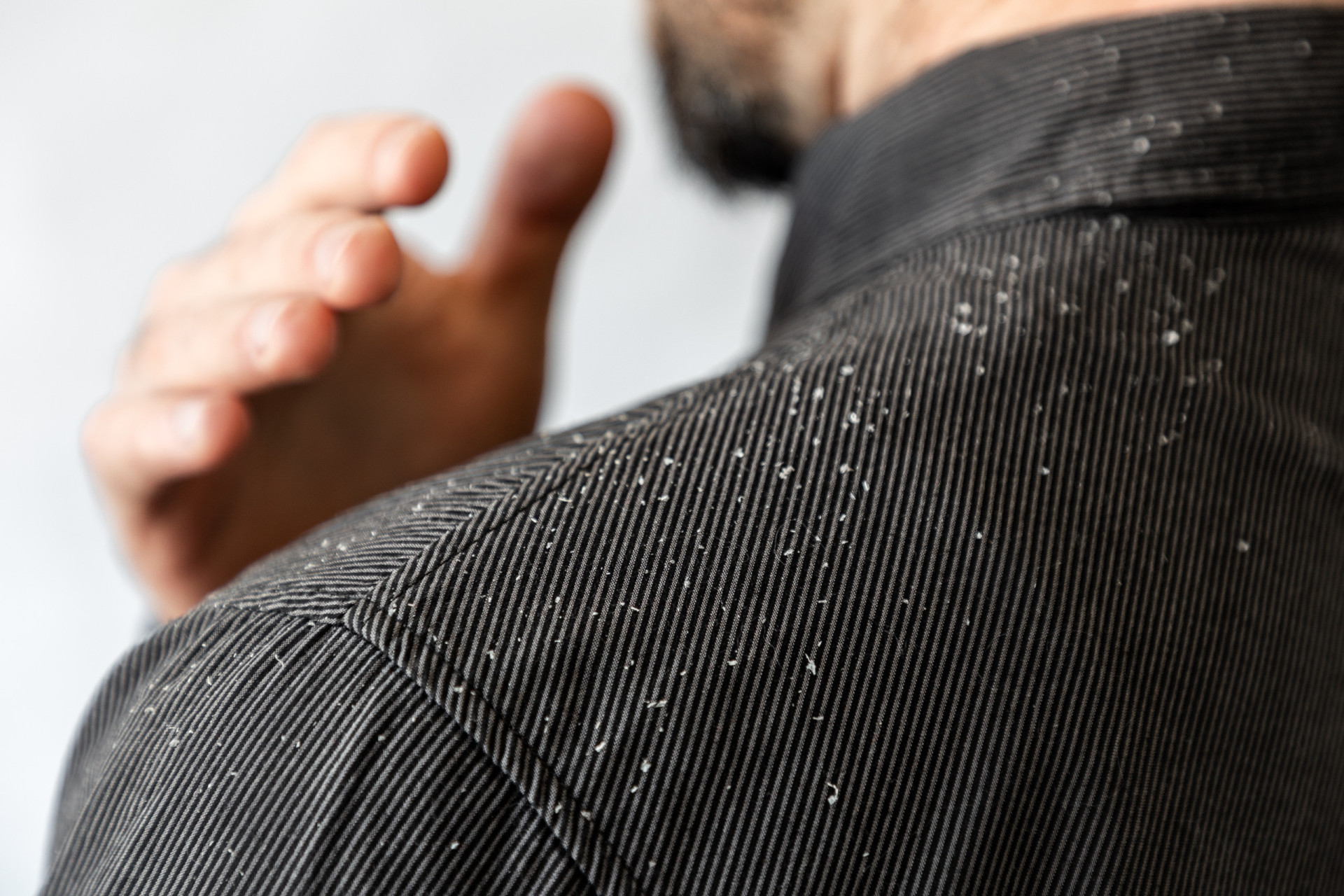
Factors that Increase the Risk of Dandruff
Certain factors can increase an individual’s susceptibility to developing dandruff, including:
- Age: Dandruff is most common in adults, particularly those between the ages of 20 and 50.
- Oily Skin: Individuals with naturally oily skin or scalp are more prone to developing dandruff.
- Certain Medical Conditions: Conditions like Parkinson’s disease, Alzheimer’s disease, and HIV/AIDS can increase the risk of dandruff.
- Climate: Hot, humid environments may exacerbate the symptoms of dandruff, while cold, dry climates can contribute to dry skin and the development of dandruff.
Diagnosing and Treating Dandruff
If you suspect you may be experiencing dandruff, it’s important to consult with a dermatologist or healthcare professional. They can examine your scalp, rule out other potential causes, and recommend the most appropriate treatment plan. Effective treatment options for dandruff may include:
- Anti-fungal shampoos and topical treatments: These products, often containing active ingredients like selenium sulfide, zinc pyrithione, or ketoconazole, can help control the fungal overgrowth and reduce the symptoms of dandruff.
- Gentle hair and scalp care: Avoiding harsh hair products, gently massaging the scalp, and maintaining good hygiene can help manage dandruff.
- Prescription medications: In more severe cases, a healthcare professional may prescribe oral or topical medications to address the underlying causes of dandruff.
By understanding the symptoms and causes of dandruff, individuals can take proactive steps to manage this common skin condition and maintain a healthy, flake-free scalp.
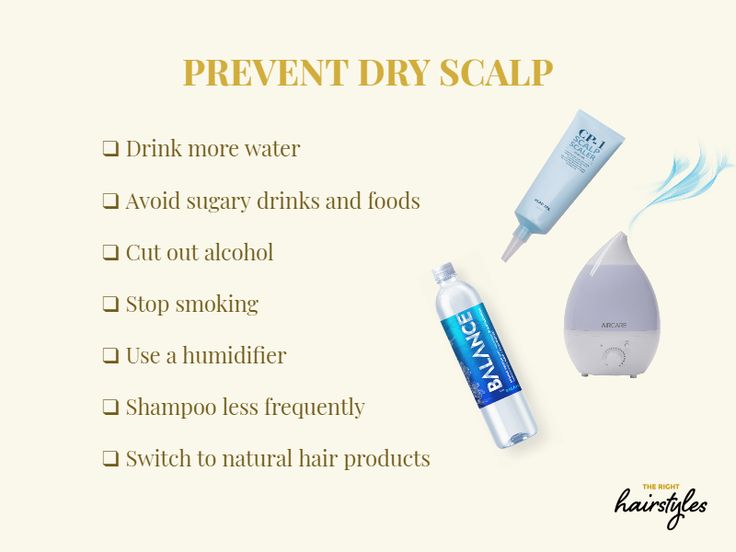
Preventing Dandruff
In addition to effective treatment, there are several steps individuals can take to help prevent the development or recurrence of dandruff:
- Maintain a consistent hair and scalp care routine: Regular shampooing, using anti-dandruff products, and gently exfoliating the scalp can help keep the skin and hair healthy.
- Manage stress: Incorporating stress-reducing activities, such as meditation, exercise, or relaxation techniques, can help mitigate the impact of stress on the skin and scalp.
- Avoid harsh hair products: Opt for gentle, sulfate-free shampoos and conditioners, and steer clear of products that may irritate the scalp.
- Maintain a healthy diet: A balanced diet rich in nutrients, such as zinc, vitamin B, and omega-3 fatty acids, can support skin and scalp health.
- Seek professional help: If dandruff persists or worsens, consult a dermatologist or healthcare provider to identify the underlying cause and develop a personalized treatment plan.
By addressing the root causes of dandruff and implementing proactive prevention strategies, individuals can effectively manage this common skin condition and maintain a healthy, flake-free scalp.
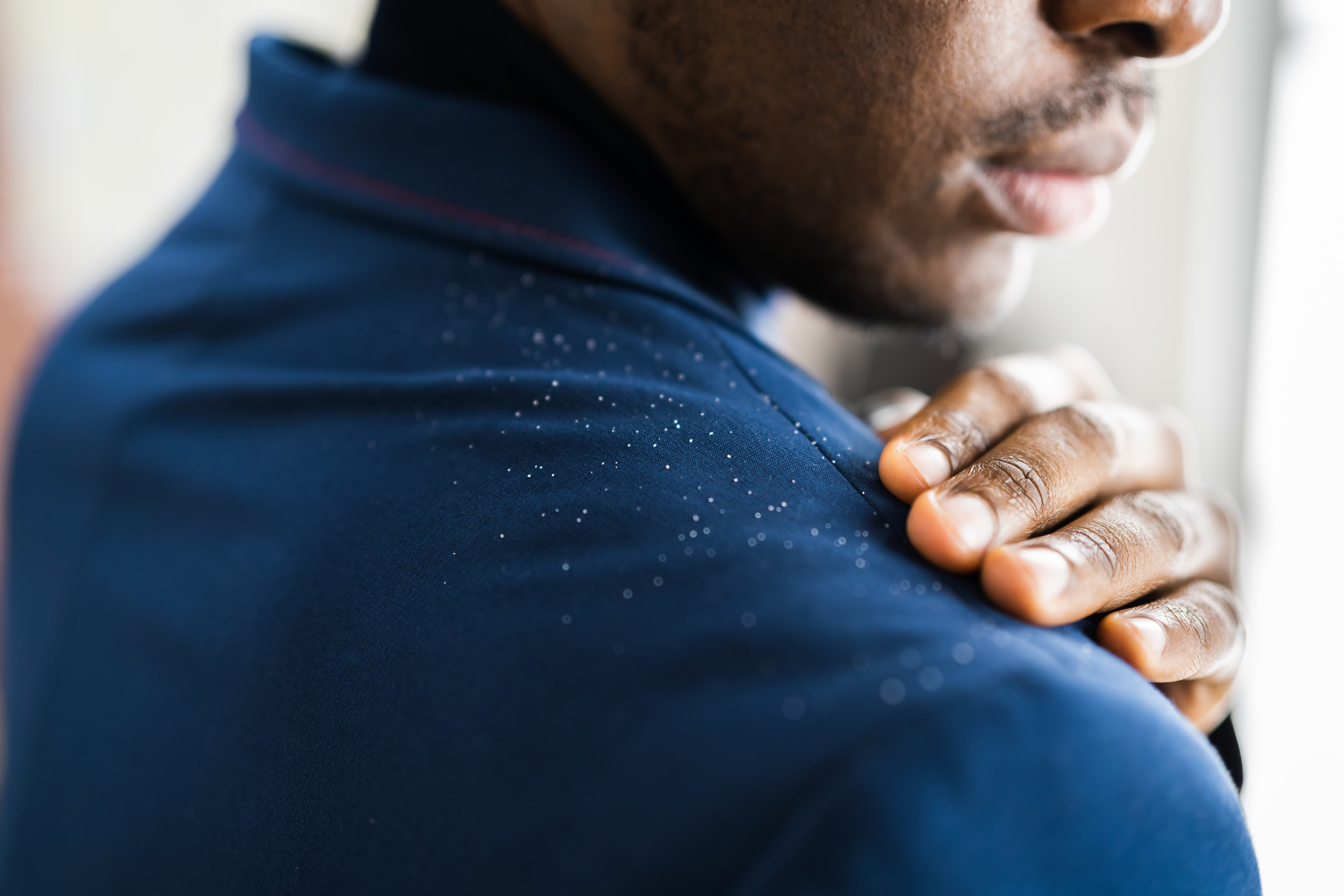
How to treat dandruff
Diseases & conditions
-
Coronavirus Resource Center
-
Acne
-
Eczema
-
Hair loss
-
Psoriasis
-
Rosacea
-
Skin cancer
-
A to Z diseases
-
A to Z videos
- DIY acne treatment
- How dermatologists treat
- Skin care: Acne-prone skin
- Causes
- Is it really acne?
- Types & treatments
- Childhood eczema
- Adult eczema
- Insider secrets
- Types of hair loss
- Treatment for hair loss
- Causes of hair loss
- Hair care matters
- Insider secrets
- What is psoriasis
- Diagnosis & treatment
- Skin, hair & nail care
- Triggers
- Insider secrets
- What is rosacea
- Treatment
- Skin care & triggers
- Insider secrets
- Types and treatment
- Find skin cancer
- Prevent skin cancer
- Raise awareness
- Español
Featured
How Natalie cleared her adult acne
Natalie tried many acne products without success. Find out how a board-certified dermatologist helped Natalie see clear skin before her wedding.
Find out how a board-certified dermatologist helped Natalie see clear skin before her wedding.
JAK inhibitors: A newer type of medication
JAK inhibitors are helping patients with alopecia areata, eczema/atopic dermatitis, psoriasis, and vitiligo. Here’s what you need to know.
Everyday care
-
Skin care basics
-
Skin care secrets
-
Injured skin
-
Itchy skin
-
Sun protection
-
Hair & scalp care
-
Nail care secrets
- Basic skin care
- Dry, oily skin
- Hair removal
- Tattoos and piercings
- Anti-aging skin care
- For your face
- For your skin routine
- Preventing skin problems
- Bites & stings
- Burns, cuts, & other wounds
- Itch relief
- Poison ivy, oak & sumac
- Rashes
- Shade, clothing, and sunscreen
- Sun damage and your skin
- Aprenda a proteger su piel del sol
- Your hair
- Your scalp
- Nail care basics
- Manicures & pedicures
Featured
Practice Safe Sun
Everyone’s at risk for skin cancer. These dermatologists’ tips tell you how to protect your skin.
These dermatologists’ tips tell you how to protect your skin.
Relieve uncontrollably itchy skin
Find out what may be causing the itch and what can bring relief.
Darker Skin Tones
-
Skin care secrets
-
Hair care
-
Hair loss
-
Diseases & Conditions
- Acne
- Dark spots
- Dry skin
- Light spots
- Razor bumps
- Caring for Black hair
- Scalp psoriasis
- Weaves & extensions
- Central centrifugal cicatricial alopecia
- Frontal fibrosing alopecia
- Hairstyles that pull can cause hair loss
- Acanthosis nigricans
- Acne keloidalis nuchae
- Hidradenitis suppurativa
- Keloid scars
- Lupus and your skin
- Sarcoidosis and your skin
- Skin cancer
- Vitiligo
- More diseases & conditions
Featured
Fade dark spots
Find out why dark spots appear and what can fade them.
Untreatable razor bumps or acne?
If you have what feels like razor bumps or acne on the back of your neck or scalp, you may have acne keloidalis nuchae. Find out what can help.
Cosmetic treatments
-
Your safety
-
Age spots & dark marks
-
Cellulite & fat removal
-
Hair removal
-
Scars & stretch marks
-
Wrinkles
-
Younger-looking skin
Featured
Laser hair removal
You can expect permanent results in all but one area. Do you know which one?
Do you know which one?
Scar treatment
If you want to diminish a noticeable scar, know these 10 things before having laser treatment.
Botox
It can smooth out deep wrinkles and lines, but the results aren’t permanent. Here’s how long botox tends to last.
Public health programs
-
Skin cancer awareness
-
Free skin cancer screenings
-
Kids’ camp
-
Good Skin Knowledge
-
Shade Structure grants
-
Skin Cancer, Take a Hike!™
-
Awareness campaigns
-
Flyers & posters
-
Get involved
- Lesson plans and activities
- Community grants
Featured
Free materials to help raise skin cancer awareness
Use these professionally produced online infographics, posters, and videos to help others find and prevent skin cancer.
Dermatologist-approved lesson plans, activities you can use
Free to everyone, these materials teach young people about common skin conditions, which can prevent misunderstanding and bullying.
Find a dermatologist
-
Find a dermatologist
-
What is a dermatologist?
-
FAAD: What it means
-
How to select a dermatologist
-
Telemedicine appointments
-
Prior authorization
-
Dermatologists team up to improve patient care
Featured
Find a Dermatologist
You can search by location, condition, and procedure to find the dermatologist that’s right for you.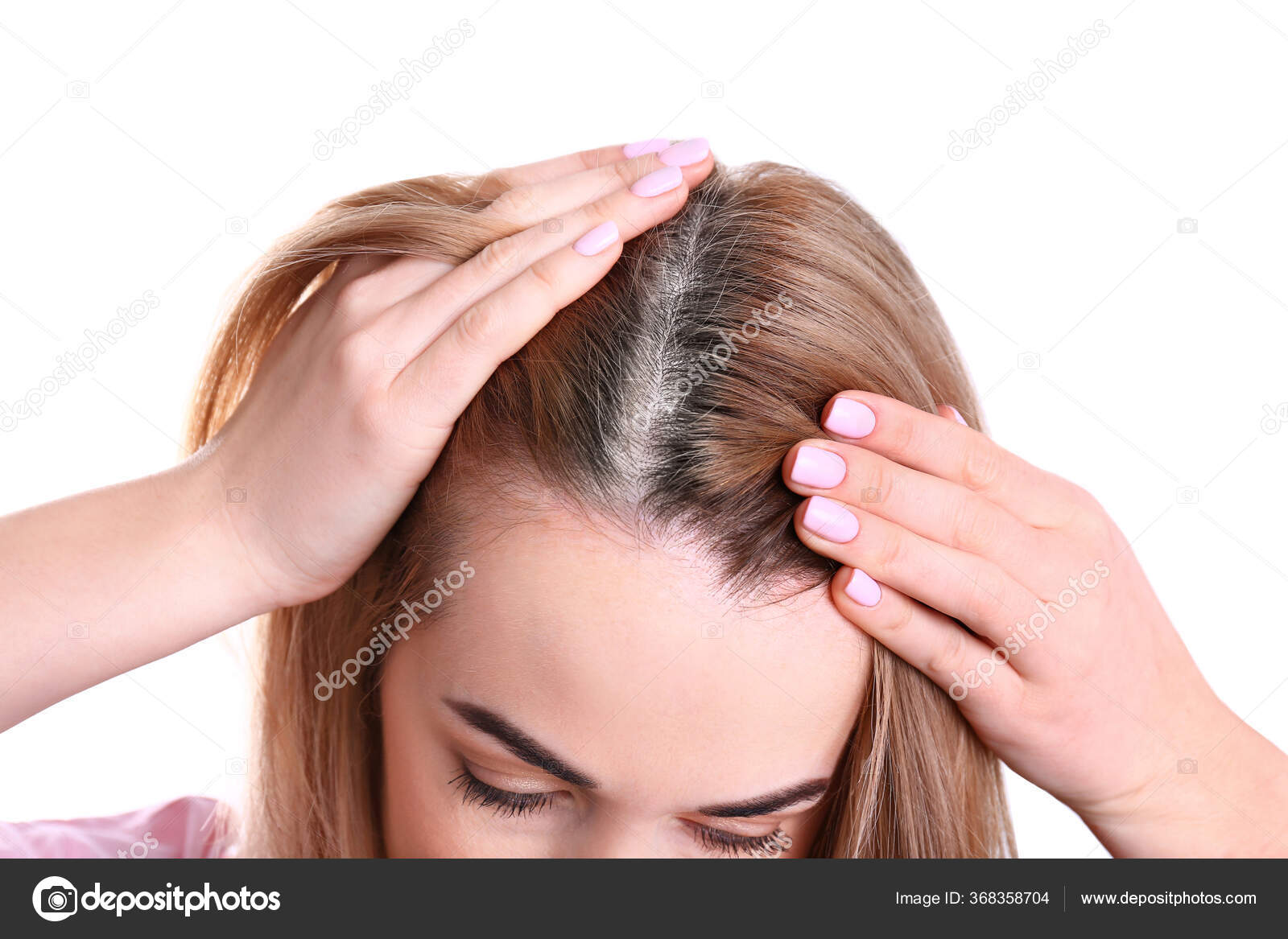
What is a dermatologist?
A dermatologist is a medical doctor who specializes in treating the skin, hair, and nails. Dermatologists care for people of all ages.
Dandruff and itching scalp – Better Health Channel
Dandruff (pityriasis capitis) is the term used to describe simple scaling of the skin on the scalp. About 50 per cent of the population suffers from dandruff at some point in their life. Regular washing with an anti-dandruff shampoo is useful in the treatment of dandruff.
Why dandruff occurs
The top layer of the skin is constantly being shed and renewed. This usually goes unnoticed when the cells are shed one at a time. Inflammation of the scalp may cause cells to stick together. When large clumps of cells are shed, visible flakes may be seen on the shoulders especially when wearing dark clothing or on the scalp as the hair traps the scaling skin.
Itching scalp
Itching scalp, with or without scaling, is very common. It may occur in middle-aged people, for no obvious reason. The usual response is to scratch, and this will often cause scratch marks and little crusty sores throughout the scalp. Dandruff can cause itching scalp. There are also a number of less common skin conditions that can present as itching in the scalp.
Seborrhoeic dermatitis
Seborrhoeic dermatitis is the name given to a red, itchy, scaly reaction in the scalp. It can be considered a more severe form of dandruff, except the scale is more marked and the scalp is often inflamed. It can be very itchy and can affect other parts of the body, including the face, eyebrows, beard and central chest area.
Symptoms of seborrhoeic dermatitis
Symptoms of seborrhoeic dermatitis develop gradually and may include:
- dry or greasy diffuse scaling of the scalp. This is the most usual presentation.
- yellow-red scaling on those areas of the body that are generally affected in severe disease – along the hairline, behind the hair, on the eyebrows, on the bridge of the nose, in the creases between the nose and the lips inside the ears, over the sternum (middle of the chest), on the underarms and groin areas.

Causes of seborrhoeic dermatitis
Seborrhoeic dermatitis affects areas with high densities of large oil glands. The inflammation is caused by the body’s reaction to a yeast on the scalp and to products that break down oil produced by the oil gland.
Cradle cap
Cradle cap is a form of seborrhoeic dermatitis that occurs in newborns. It may not be the same disease as in adults. It results in a thick, yellow-crusted scalp lesion.
Other symptoms can include:
- splits in the skin and behind the ears
- red facial pustules
- stubborn nappy rash.
Older children can develop thick, stubborn plaques on the scalp, measuring one to two centimetres across.
Factors that can affect seborrhoeic dermatitis
The incidence and severity of seborrhoeic dermatitis seems to be affected by:
- other illnesses – for example, people with neurologic disease (especially Parkinson’s disease, stroke and paralysis) or HIV may have severe seborrhoeic dermatitis
- emotional or physical stress
- genetic factors
- seasonal – seborrhoeic dermatitis is usually worse in winter.

Psoriasis can cause itching scalp
Psoriasis is a relatively common skin condition that affects about three per cent of the population. It is often confined to the scalp, elbows and knees. While seborrhoeic dermatitis tends to involve almost all the scalp, psoriasis often occurs in small, localised patches of redness with quite prominent thick scaling.
Because psoriasis may only occur on the scalp, it can be mistaken for a severe case of dandruff or seborrhoeic dermatitis. Psoriasis has a genetic link – there is often a family history of the condition. It may be triggered by some form of stress.
Treatment for dandruff and itching scalp
Regular washing of the scalp with medicated soaps may be all that is required to relieve itching scalp.
The most common anti-dandruff shampoos contain one or more of:
- zinc pyrithione or zinc omadine
- selenium sulphide
- piroctone olamine – this is the most recent addition to the medicated shampoos.
 It is known as a ‘second generation’ anti-dandruff agent. It is less toxic than zinc pyrithione and is therefore safer for family use
It is known as a ‘second generation’ anti-dandruff agent. It is less toxic than zinc pyrithione and is therefore safer for family use - antifungal agents
- tar – shampoos containing tar have been used for years, usually for more severe scalp conditions. In the past, the scent of the tar-based shampoos made them less acceptable. However, newer preparations are well tolerated and simple to use.
If the dandruff is severe, or refractory to shampoo treatments then, topical corticosteroid lotions can provide symptomatic relief.
How often to use medicated shampoos
How often you need to use medicated shampoos will depend on how severe your dandruff is and what treatment you are using. Always read the directions on the shampoo pack before using it. Some products are mild enough to be used every day, while others should only be used once a week. Over time, you will work out how often to use the shampoo to keep your dandruff under control.
Typically, those with a scaly scalp should be shampooing everyday. Infrequent shampooing may result in scale build-up and thus make symptoms worse. Most antidandruff shampoos are now rinse on-rinse off.
Infrequent shampooing may result in scale build-up and thus make symptoms worse. Most antidandruff shampoos are now rinse on-rinse off.
A conditioner may be used to prevent excessive drying from frequent washing. Matching antidandruff conditioners increase the effect of the shampoo by five to 10 per cent while unmatched conditioners may inactivate the shampoo. In general, it takes five to 10 washes to clear up dandruff.
Where to get help
- Your GP (doctor)
- Pharmacist
- Dermatologist
- The Australasian College of DermatologistsExternal Link Tel. (02) 8765 0242
What is dandruff: symptoms, causes and treatment of dandruff
Products
Products
Skin conditions
Skin conditions
Age changes
Problem skin
hyperpigmentation
Dry skin
atopic skin
Hypersensitive and redness-prone skin
Problems with the scalp and hair
Sensitive skin
Sun protection
All products
Product lines
Product lines
Anti pigment
AQUAporin ACTIVE
Atopi Control
DermatoCLEAN
DermoCapillaire
DermoPure
Hyaluron Filler
Hyaluron-Filler + Elasticity
Hyaluron-Filler + Volume-Lift
sun protection
UltraSENSITIVE & AntiREDNESS
UreaRepair
All products
Categories
Categories
For face
Facial cleansing
Day care
night care
Caring for the skin around the eyes
Serums
Lip care
Body skin care
Creams for hands and feet
For bath and shower
Scalp and hair care
For adults and children
Sun protection
All products
Recommendations
Recommendations
Skin conditions
Skin conditions
Problem skin
Age changes
atopic skin
Dry skin
hyperpigmentation
Hypersensitive skin
Problems with the scalp and hair
Sun protection
All articles
About skin
About leather
Skin Basics
Skin care
Indications
All articles
Our research
Our Research
Research Information
our history
Behind the scenes of science
Ingredient catalog
Sustainable development
Sustainability
Sustainable development
Social responsibility
Caring for the planet
Caring for the planet
Alternative testing methods
CO2 problem
Sustainability: logistics and production
Our philosophy
About Anti-Pigment
About Anti-Pigment
Discover the Anti-Pigment line
3 min. reading
reading
Show more
Dandruff is a skin problem that is hard to hide and affects about 50% of the world’s adults.
If you or someone you know suffers from dandruff, it is important to know about its causes and, most importantly, what to do about it.
What it is?
What is dandruff?
Dandruff is a very common scalp problem that comes in two forms.
Oily dandruff or seborrheic dermatitis is when greasy yellow flakes or scales form on the scalp and stick to the skin and hair.
Dry dandruff is when dry white flakes or scales form on the scalp, which easily fall off the skin and hair.
Other symptoms include itching, redness, and oily or dry scalp.
Main reasons
The main causes of dandruff
Dandruff occurs when the process of cell renewal of the scalp is accelerated, which leads to increased desquamation of the cells of the stratum corneum, which stick together into visible flakes.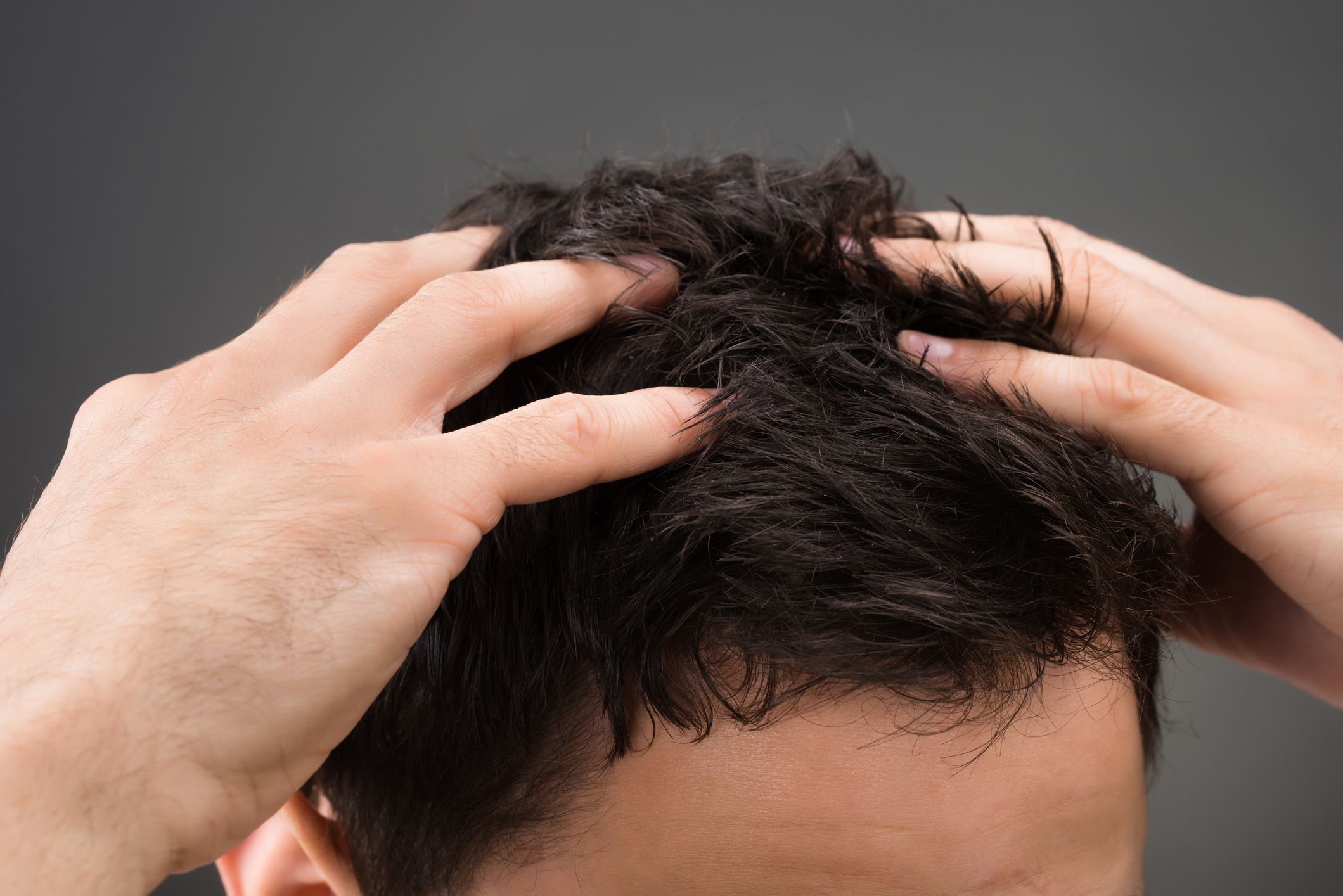
This process, known as hyperproliferation of skin cells, is caused by the activation of a microorganism called Malassezia globosa, which begins to multiply rapidly using natural lipids or fats produced by the scalp.
This microorganism irritates the scalp, causing micro-inflammation and itching.
All of these symptoms can be caused by a number of factors, including:
- genetic predisposition – dandruff often has a family history;
- climatic conditions, eg exposure to sun, cold, heat, wind;
- physical or emotional stress;
- hormonal changes;
- lifestyle factors, such as unhealthy diet or alcohol use.
Microinflammations and scalp
What is microinflammation?
These are small inflammations in the skin.
In fact, they are so small that they are not detected even during a clinical examination.
However, when examining microinflamed skin tissues, the presence of inflammatory cells of the immune system can be detected; in other words, the skin reacts to irritation by becoming inflamed and thereby trying to recover.
If these skin cells are further irritated, a “true” inflammatory skin response may ensue.
How does this relate to scalp problems?
There is growing evidence that micro-inflammation of the scalp is associated with the most common scalp problems, from thinning hair and dandruff to dryness, itching and sensitivity.
If you suddenly notice increased hair loss or brittle hair, the cause may be a health problem, such as thyroid disease, iron deficiency, or an autoimmune disease.
Some medications also cause hair loss.
In any of these cases, you should consult a dermatologist for more information.
Common myths
Common myths about dandruff
- Dandruff causes thinning or hair loss
- Dandruff is a sign that the hair and scalp are dirty
- Dandruff can be treated with vinegar, natural oils or baby shampoo
There is no evidence that these claims are true.
Solution
Recommended Solution
Use Eucerin DERMOCAPILLAIRE Anti-Dandruff Gel Shampoo or Eucerin DERMOCAPILLAIRE Anti-Dandruff Shampoo Cream to cleanse scalp without irritation.
Clinically and dermatologically tested, these shampoos are proven to help fight dandruff.
Do you have dandruff?
You can get dandruff if…
There are greasy yellow or white flakes that stick to the hair and scalp: this is typical of oily dandruff or seborrheic dermatitis.
There are dry white flakes that fall off the hair and scalp: this is typical of dry dandruff.
You suffer from itching or irritation of the scalp and noticeable flaking or flaking: Many people with oily or dry dandruff also have these symptoms.
You may have other scalp problems if…
You feel dry, itchy or irritated, but no visible flakes: You may have a dry, itchy or sensitive scalp.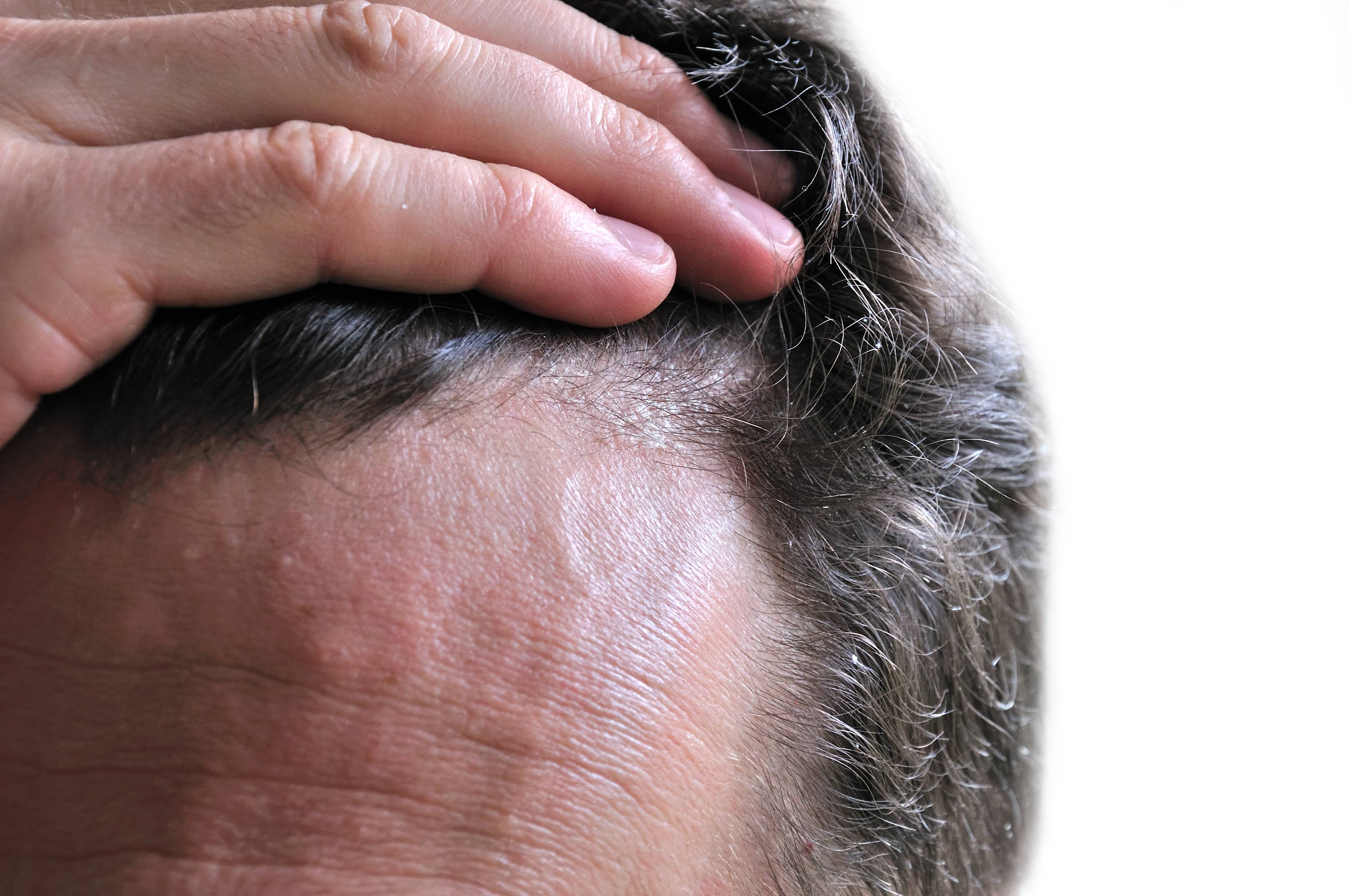
Pink plaques with silver scales appeared on the scalp: psoriasis may be the cause.
Call your healthcare provider or dermatologist if you are concerned, have severe symptoms, or have an inflamed, wet, or sore scalp.
edited by Yulia Sokolovskaya
Eucerin Brand Expert
Related Articles
Dandruff | Symptoms, complications, diagnosis and treatment
Dandruff is a common chronic scalp condition marked by flaking of the skin on the scalp. Dandruff is not contagious or serious. But it can be embarrassing and sometimes difficult to treat. The good news is that dandruff can usually be controlled.
For most teens and adults, the symptoms of dandruff are easy to spot: white, oily flakes of dead skin that dot your hair and shoulders, and possibly an itchy, scaly scalp. The condition may worsen during the fall and winter when heating can contribute to dry skin and improve during the summer.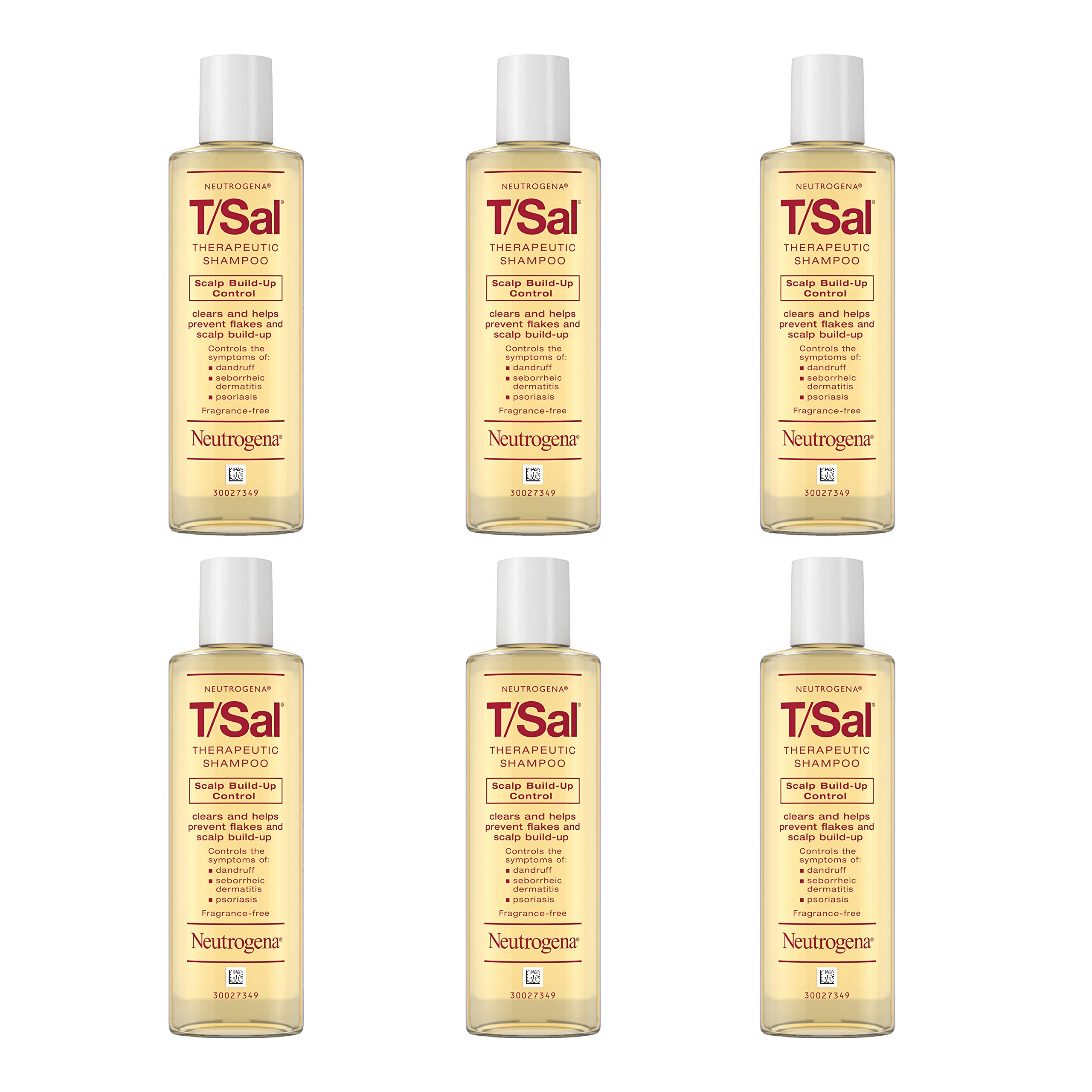
Dandruff can occur for several reasons, including:
- Irritated, oily skin (seborrheic dermatitis). This condition is one of the most common causes of dandruff, marked by red, greasy skin covered in scaly white or yellow scales. Seborrheic dermatitis can affect the scalp and other areas rich in oil glands, such as the eyebrows, the wings of the nose and ears, the chest, groin area, and sometimes the armpits.
- Lack of purification. If you don’t wash your hair regularly, oils and skin cells from your scalp can grow, causing dandruff.
- Yeast-like fungus (malassesia). Malassezia lives on the scalps of most adults. But for some, it irritates the scalp and can cause an increase in skin cells. Extra skin cells die and fall off, making them appear white and flaky in hair or clothing. Why malassezia irritates some scalps is unknown.
- Dry skin. Dry skin flakes are usually smaller and less oily than other dandruff causes.
 Redness or inflammation is unlikely. You will likely have dry skin on other parts of your body, such as your feet and hands.
Redness or inflammation is unlikely. You will likely have dry skin on other parts of your body, such as your feet and hands. - Sensitivity to hair care products (contact dermatitis). Occasionally, sensitivity to certain ingredients in hair products or hair dyes can cause a red, itchy, scaly scalp.
Almost anyone can get dandruff, but some factors can make you more susceptible:
- Age. Dandruff usually starts at a young age and continues into middle age. This does not mean that older people cannot suffer from dandruff. For some people, the problem can be for life.
- If you are a man . Since many men have dandruff, some researchers believe that male hormones may play a role.
- Oily hair and scalp. Malassezia feeds on oils in the scalp. For this reason, excessively oily skin and hair make you more prone to dandruff.
- Certain diseases.


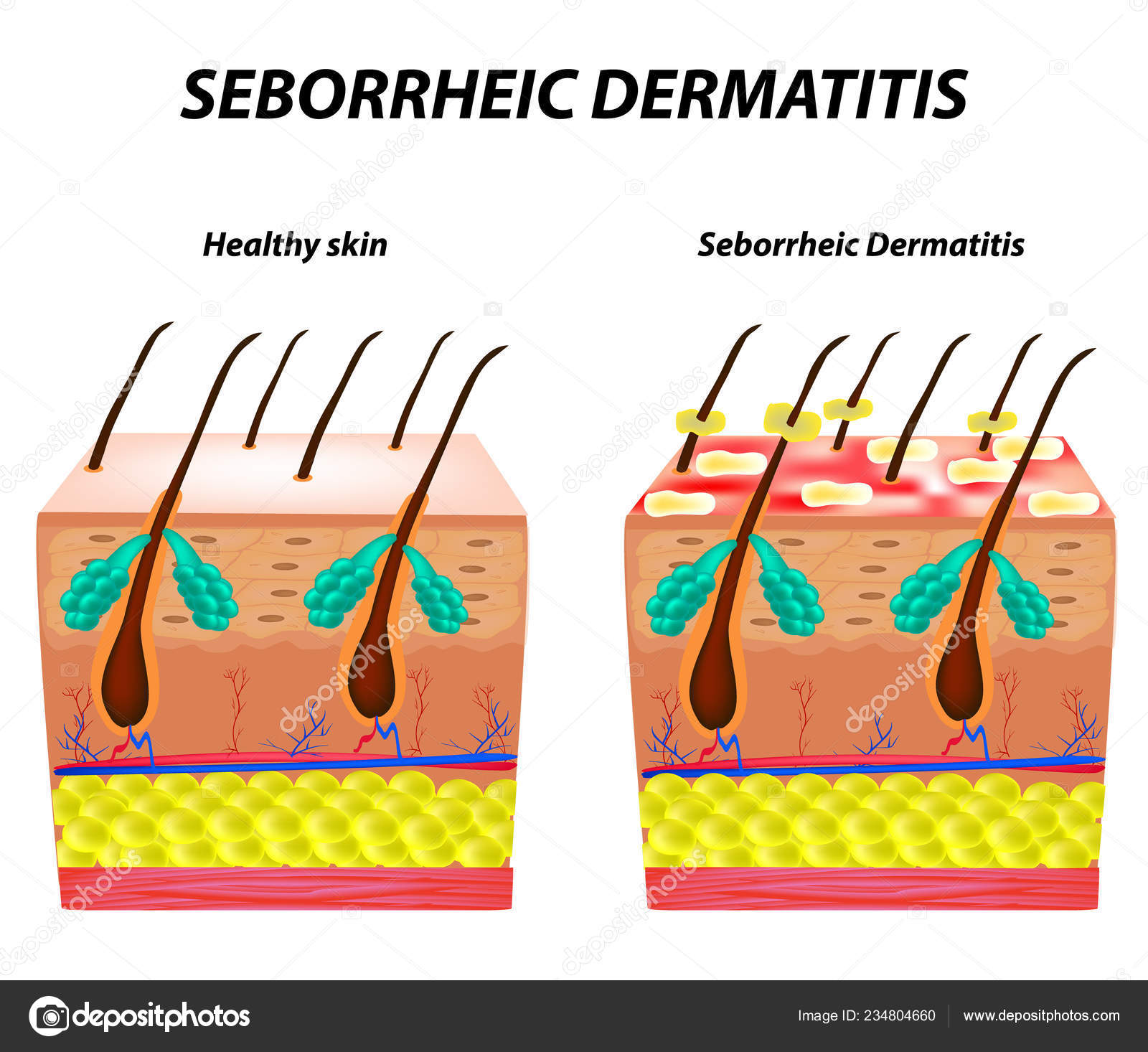
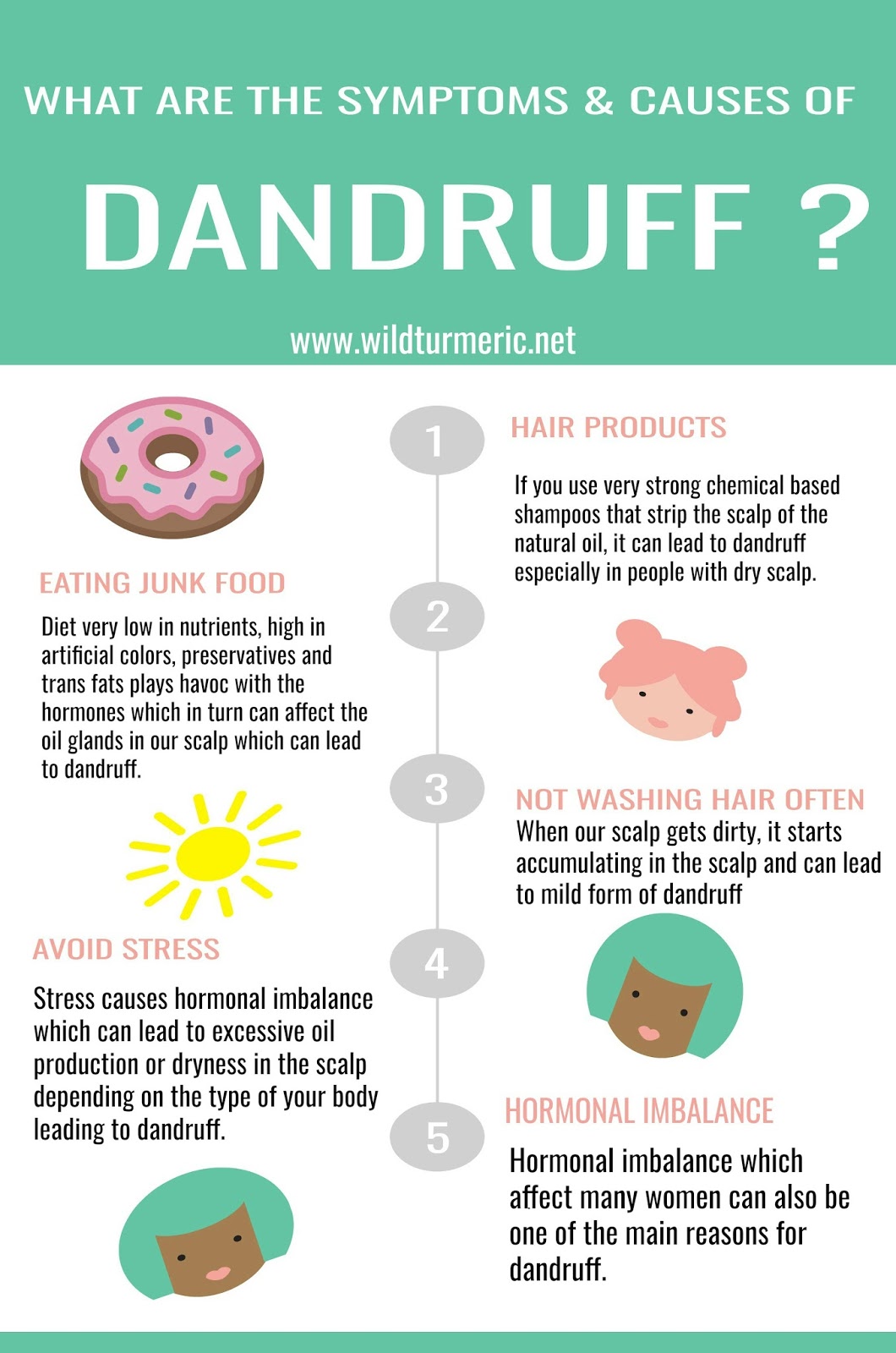
 It is known as a ‘second generation’ anti-dandruff agent. It is less toxic than zinc pyrithione and is therefore safer for family use
It is known as a ‘second generation’ anti-dandruff agent. It is less toxic than zinc pyrithione and is therefore safer for family use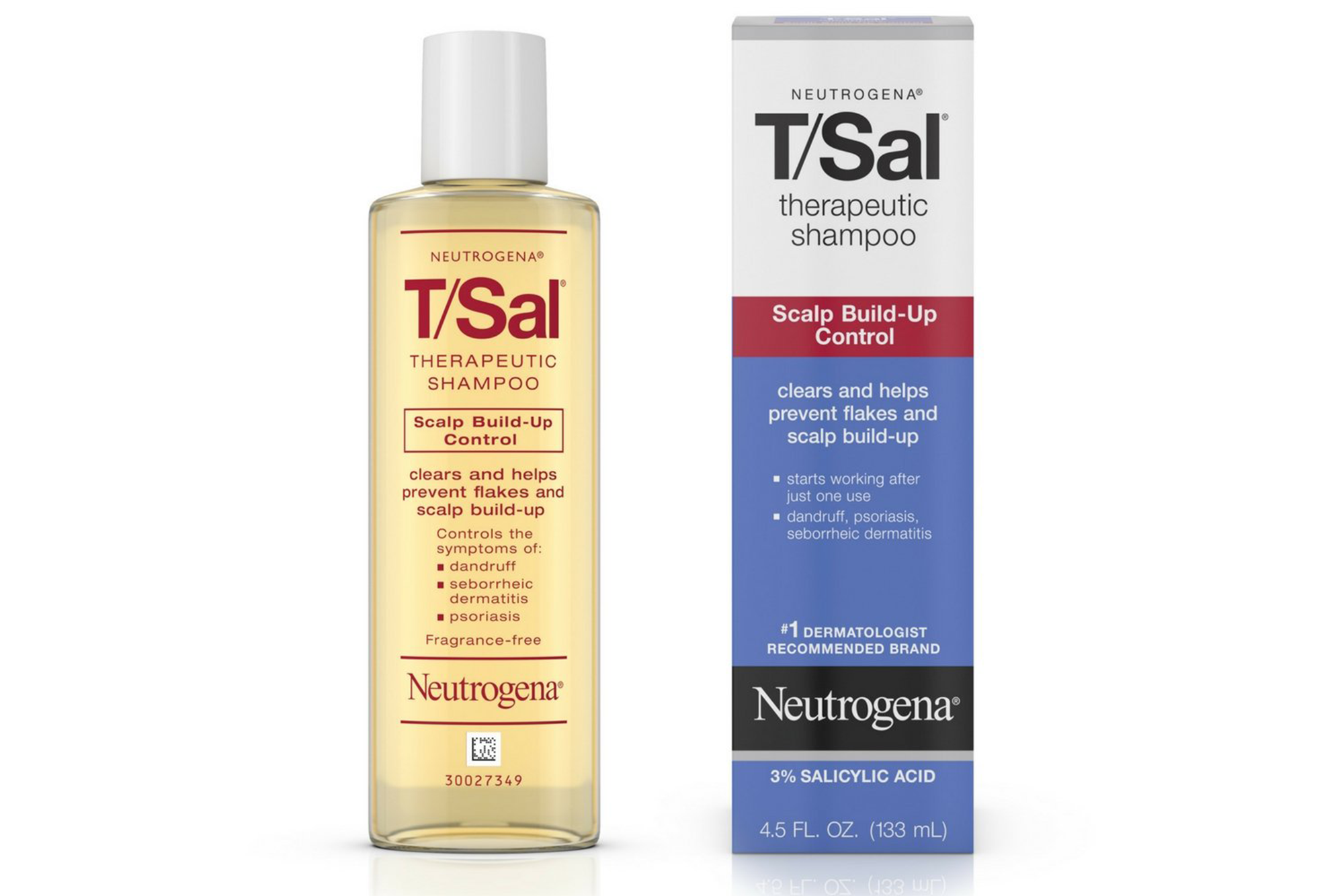 Redness or inflammation is unlikely. You will likely have dry skin on other parts of your body, such as your feet and hands.
Redness or inflammation is unlikely. You will likely have dry skin on other parts of your body, such as your feet and hands.